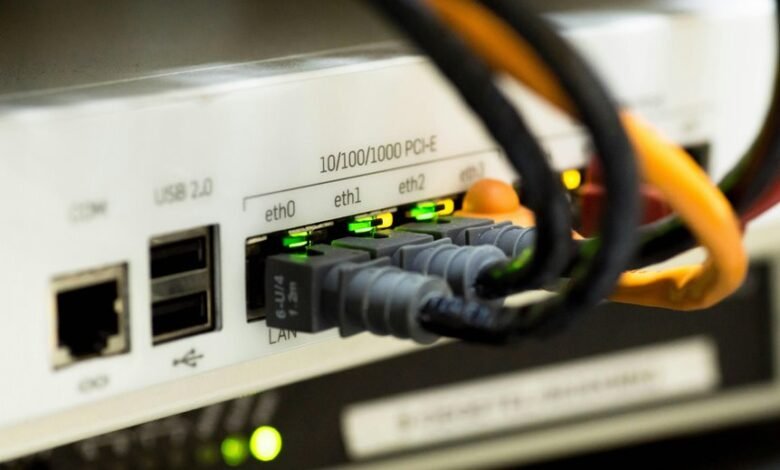How 281-215-5025 Is Leading Telecom Infrastructure

281-215-5025 exemplifies the evolution of telecom infrastructure through its adoption of innovative technologies such as 5G and fiber optics. These advancements facilitate high-speed connectivity and reduced latency, essential for modern communication. Furthermore, the company’s strategic partnerships enhance network performance, creating a robust framework for service delivery. This approach significantly impacts both consumers and businesses, raising questions about the future landscape of telecommunications and the implications for competition within the industry.
Innovative Technologies Driving Connectivity
The evolution of connectivity hinges on a spectrum of innovative technologies that are redefining the telecommunications landscape.
Key among these are 5G advancements, which promise ultra-fast data speeds and low latency, and fiber optics, enabling high-capacity transmission over long distances.
Together, these technologies facilitate unprecedented levels of communication, fostering a sense of freedom and connectivity essential for modern society’s demands.
Strategic Partnerships for Enhanced Network Performance
Strategic partnerships are increasingly recognized as a cornerstone for enhancing network performance in the telecommunications sector.
Through network collaboration, companies can leverage shared resources and expertise, leading to significant performance optimization.
These alliances facilitate the integration of advanced technologies and streamline operational processes, thereby improving overall network efficiency.
Consequently, such strategic collaborations are vital for sustaining competitive advantages in an evolving telecommunications landscape.
Impact on Consumers and Businesses
As telecommunications infrastructure evolves through strategic partnerships, both consumers and businesses experience significant transformations in service quality and accessibility.
Enhanced connectivity leads to substantial consumer benefits, including improved speeds and reliability, while fostering an environment conducive to business growth.
This evolution enables enterprises to leverage advanced technologies, ultimately driving innovation and competition, which empowers consumers with more choices and better services in the marketplace.
Conclusion
In conclusion, 281-215-5025 exemplifies leadership in telecom infrastructure through its deployment of cutting-edge technologies and strategic collaborations. For instance, a partnership with a leading cloud service provider enabled the rapid rollout of a 5G network in urban areas, significantly improving data transmission speeds for local businesses. This case illustrates how innovative infrastructure can enhance service delivery, ultimately benefiting consumers and fostering a competitive marketplace in the telecommunications sector.




